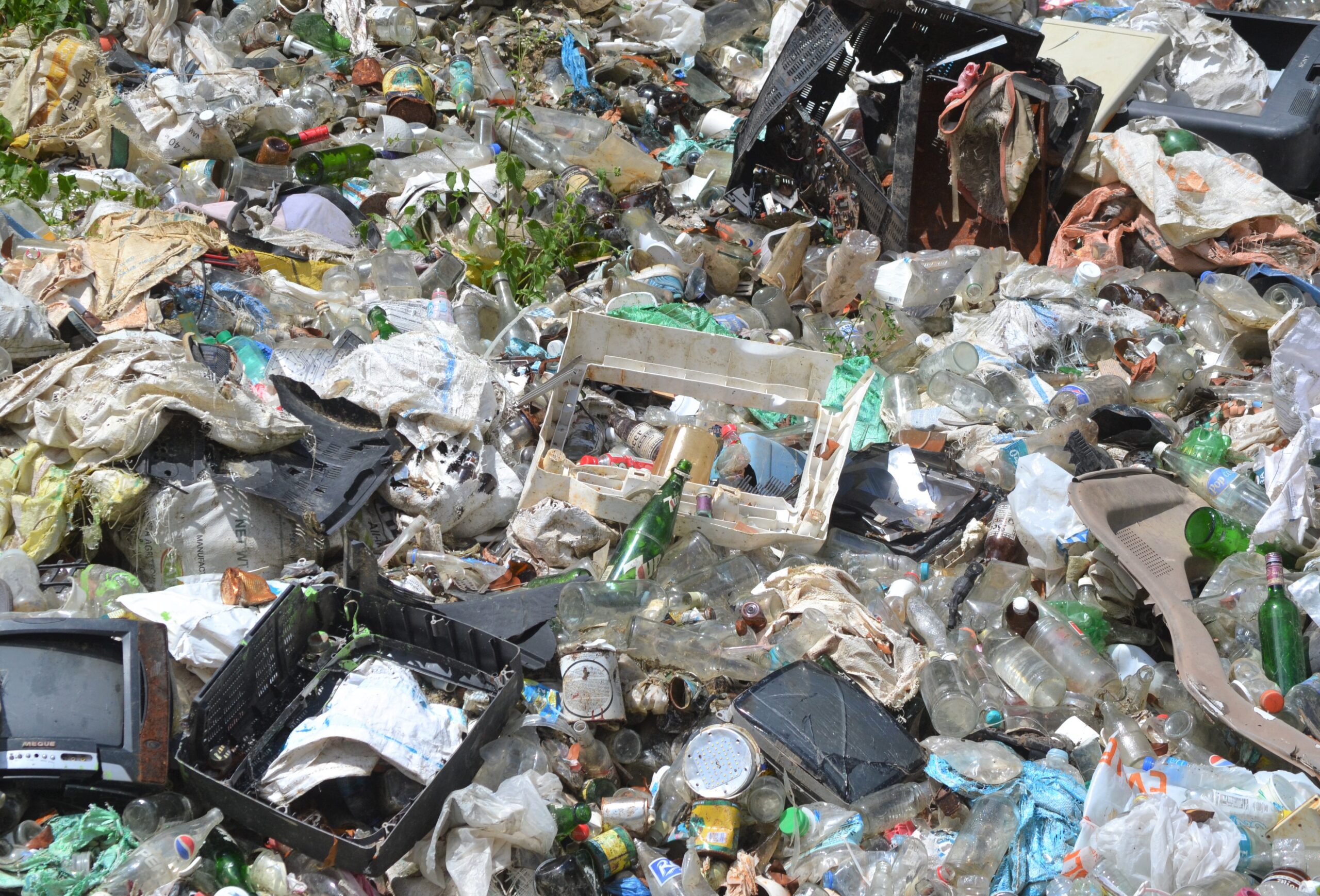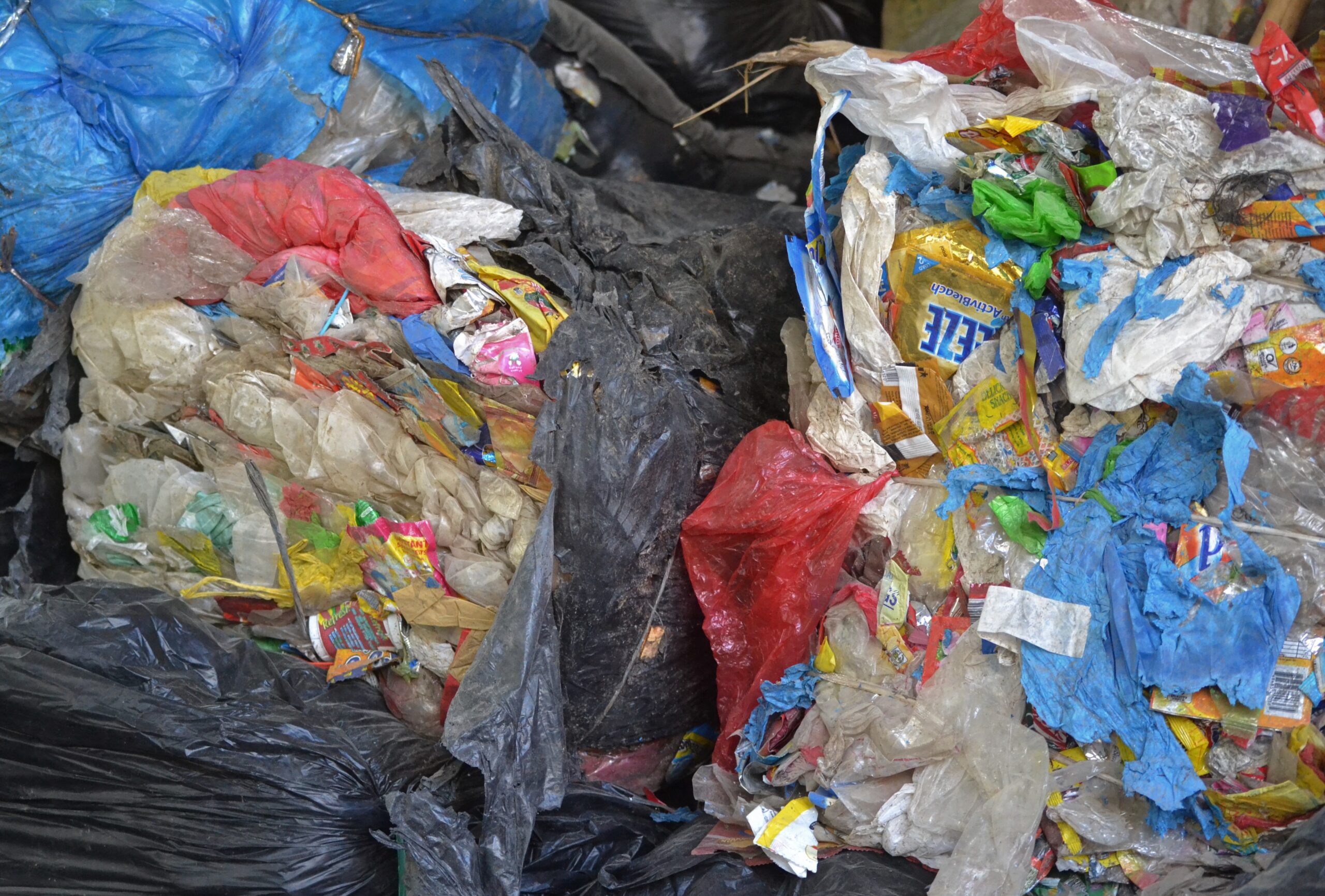Text and Photos by Henrylito D. Tacio
Temujin “Tek” Ocampo, chair of the Committee on Environment, recently filed a resolution asking the national government to allocate funds for the construction of the waste-to-energy (WTE) facility of Davao City.
He filed the resolution as the city’s 11-year-old seven-hectare sanitary landfill located in New Carmen, Tugbok, is nearing its full capacity. The City Environment and Natural Resources Office (CENRO) reports around 900 tons of garbage are being generated by the city each day.
“One technology utilized worldwide is waste-to-energy or WTE which not only significantly reduces the volume of waste dumped in the sanitary landfill but also contributes and provides one of the most important resources, which is energy,” the resolution said.
With a total land area of 2,443.61 square kilometers, Davao City is the country’s largest city in terms of land area. It is the third most populous city in the country – after Quezon City and Manila. The World Population Review said the city is currently home to almost two million people (1,907,721 to be exact).
“Of all the local governments, (Davao City) bears the most comprehensive waste management evaluation, which is manifested by an operational sanitary landfill that serves 70% of the population,” wrote Mick Jethro M. Basa in a study, “Waste Management Towards a Clean Environment: A Comparative Study Between Davao City-Philippines and Malang-Indonesia.”
Like most cities on the verge of commercialization, Davao City “needs a clear-cut agenda on managing wastes.” As Basa puts it: “Like any other industrialized and modern societies, solid waste is an issue which Davao City cannot turn a blind eye to.”
Former Vice Mayor Bernard Al-ag agreed. “What are the short-term solutions for us to determine where we will put our garbage in the next years while waiting for this long-term solution?” he was quoted as saying by Edge Davao’s Maya Padillo.
“In case the national government will not give us the P3 billion, what are our options? We want to know because these are very important issues we are facing right now,” Al-ag added.
Instead of building a new and expensive landfill to manage the increasing waste the city produces, Ocampo believes it’s an opportunity to build a waste-to-energy facility. Waste-to-energy (WTE) or energy from waste is the process of generating energy in the form of electricity and/or heat from the primary treatment of waste.
“The proposed WTE (facility) will be located 2.2 kilometers from the Biao Elementary School and Biao National High School, and 550 meters away from the relocation site of displaced families in Catalunan Grande,” Padillo wrote.
Once the current sanitary landfill will be closed down, it will be converted into a segregation area for the WTE.
The environmental group Interfacing Development Interventions for Sustainability (IDIS), however, believes WTE is not the solution to the garbage problem of Davao City.
“Our officials need not look further and complicate things when it comes to solving the city’s waste problem, for if they only look for sustainable solutions and environmentally sound technologies within our city, they will discover that the answer has long been provided and practiced by our fellow Dabawenyos,” said IDIS in a statement.


WTE is a form of energy recovery as it produces a combustible fuel commodity such as methane, methanol, ethanol, or synthetic fuels. Incineration, the combustion of organic material, is the most common WTE implementation.
“IDIS believes that the WTE-incinerator facility is a waste of money and, more importantly, addresses the wrong issue which is the lack or absence of the strict implementation of the Ecological Solid Waste Management Act of 2000 (Republic Act 9003),” IDIS said.
IDIS highlighted the city’s implementation of the law’s waste segregation policy. “This is evident in the current state of the city’s sanitary landfill… where, admittedly, it has reached beyond its capacity due to unsegregated biodegradable waste being dumped therein,” the statement said.
Based on the data from CENRO, almost 80% of the city’s wastes are assessed as biodegradables. “Biodegradable wastes are mostly generated from residences and commercial establishments,” IDIS said, adding that these wastes can be treated and reduced without burning or incineration processes.
The WTE technology is covered under the Renewable Energy Act of 2008 (Republic Act 9153). The Department of Energy, as mandated by law, “shall encourage the adoption and development of WTE as a source of power” as long as it complies with RA 9003 and RA 8749 (Clean Air Act of 1999).
Among those that can be used as fuel for WTE are “biomass resources, which cover agricultural products, by-products and residues but also biodegradable organic fractions of industrial and municipal waste that can be used for bioconversion or other processes.”
Gases and liquid recovered from decomposition or extraction of non-fossilized and biodegradable organic materials can also be utilized as WTE fuels.
The Philippine Statistics Authority (PSA) said the Philippines is home to 109.99 million people. Now, if you take that with an expanding economy, it means more waste generated.
The Philippines has a total land area of 30 million hectares. By 2030, it is being forecasted that the country may no longer have the land to be turned into a landfill to accommodate the ever-increasing garbage.
WTE has been cited as an immediate solution to the garbage crisis, which has not been solved by RA 9003. Only 30% of barangays all over the country have materials recovery facilities, according to the Department of Environment and Natural Resources (DENR). In like manner, only 30% of cities and municipalities are being served by sanitary landfills.
“The problem of solid waste is one of the primary issues that we must address immediately,” said Roy A. Cimatu, when he was still the environment secretary. His department considers WTE as “a cleaner and more sustainable alternative to the traditional sanitary landfill.”
Fortunato dela Peña, when he was still the head of the Department of Science and Technology (DOST), also supported the idea of having WTE in the country. “Our neighboring countries like Singapore and Taiwan have functioning WTE facilities, so why can’t we do it here in the country?” he said in his Facebook post.
WTE might not seem as harmless as it sounds.
“Incinerators are being fed by plastic or non-biodegradable waste as fuel, it will burn these wastes and turn the water into steam in a broiler and create a high-pressure steam to produce electricity,” IDIS explained. “However, this process results in the emission of highly toxic substances like dioxins and furans, which are known carcinogenic and can also cause reproductive and developmental problems, among others.”
Lai Santos, director of Ateneo de Davao University-based Ecoteneo, argued the government has no capacity to monitor dioxin emissions. “This was verified by the Environmental Management Bureau personnel at the recent updating of the Comprehensive Development Plan,” she wrote in an open letter.
Santos said that aside from dioxin, WTE also releases heavy metals such as lead and mercury, and particulate matter, which cause lung and heart disease.
Waste burning or incineration is prohibited under the Clean Air Act.
An urban development consultant of the Manila-based Asian Development Bank, however, believed the banning was due to old technology. With the availability of new technology, incinerators have become more environmentally safe.
“The basis for banning incineration was the old technology used in existing incinerators in the Philippines which operate below 1,000°C,” Aldrin Plaza wrote on the Asian Development Blog. “But modern incinerators are hotter and can eliminate toxic gases such as dioxins and furans.”
Felino A. Palafox, Jr., president and principal architect of Urban Planner of Palafox and Associates, believed transitioning to WTE solutions will be favorable for Filipinos “as these can help our waste management and energy problems.”
Quoting a report from the World Bank, Palafox said that by 2025, urban areas in the country are expected to produce 77,776 tons of trash per day. “(That is) equivalent to a 165-percent increase,” he said.
WTE is indeed the immediate solution to the garbage problem. Conchita Ragragio, country liaison for the Municipal Waste Recycling Program in the Philippines, considers WTE as “a practical lesser evil.”
But she told eco-business.com that “cities should not just rely on waste-to-energy projects to curb their rubbish, but also educate communities on methods of waste minimization, reuse and recycling.”
For its part, IDIS suggested a sustainable solution by creating a centralized composting and biomass facility and systematic materials recovery facilities in every barangay.
“This will not only address the main problem of biodegradable waste and waste segregation, but it requires a lesser budget allocation compared to an incinerator,” IDIS said.
“In addition, another key is for barangays to intensify community-based waste management systems from waste segregation and collection to proper waste disposal that will increase diverted wastes instead of being dumped at centralized facilities, such as sanitary landfills.”

